Transcript of Elevate 2020 Session
Rachel Jones: All right. So we’re going to move on to our next panel, but first some housekeeping. So, we are recording all of these sessions. They’ll be available on YouTube in just a couple weeks. If you’re hosting a watch party, we want to see. So please share, tag us on Instagram, use the hashtag Girl Geek X, and remember to submit your questions in the Q&A box and upvote your favorites. Right. So a background check typically excludes people, but at Checkr, a high level goal of theirs is actually to get one million more people into the workforce. So this group of Checkr girl geeks will share how working at a mission driven company is core to engineering, product, and design. So I’m going to hand it over to the moderator of our panel, Krista. So Krista is an engineering manager at Checkr. So, Krista, take it away.
Krista Moroder: Thank you. Hi everyone. So as you mentioned, one of our goals is to bring people back into the workforce. So a quick background on Checkr, we are an API first background-check company that was started about six years ago, went through Y Combinator back in 2014, and since then I have taken on the background check industry and worked with a lot of on-demand startups as well as enterprise companies. And so I joined about nine months ago, and one of the things I was most impressed with when I joined was the big focus on mission at the company.
Krista Moroder: And so the goal is not just to help people be more efficient in hiring, but also to make sure people aren’t losing opportunities because of how the background-check industry has historically worked. And so in this talk, we’re going to talk to a few people on our team, in product and engineering and design, about what they do every day and how that’s impacting our mission. So I’ll start before handing it over. As mentioned, I’m an engineering manager and before that I’ve had a few careers, software engineer. I started a company at one point and I also spent a decade in education, including as a high school English teacher. So I’ll hand it off over to Melanie.
Melanie Cernak: Hi. I’m Melanie. I’m a product designer here at Checkr and I care a lot about social impact in criminal justice reform. I believe that everyone has the right to work and create a viable living and that there’s truly a right position for everyone. Prior to Checkr, I was at a different background check company where I realized how antiquated the industry is and how there’s these really deeply entrenched norms. And that’s I came excited about Checkr. I feel like it’s really shaking things up and a key progressive player in this space, working to expand employment opportunities for people with conviction histories.
Jess Zhang: Hi, I’m Jess. I’m an engineering manager in Checkr. I joined Checkr about four months ago. And what impresses me is Checkr is with our technology, we disrupted– The industry is so–20 years behind the modern era. And another thing impress me was the Checkr’s mission. For me, the first impression of background check is just to block people. To check your background, you have everything you said you have. I never thought of the other side as we want to actually get more people into the workforce and how if we do things too strictly, we’re actually not doing anybody a favor. And I’m very glad to join the risk team. And now that my team and I have a chance to detecting fraud and help to make the workplace a fairer place for everyone.
Michelle He: Hi. My name is Michelle. I’m an engineer on the motor vehicle report team at Checkr. I actually have a background in structural engineering and architecture. I transitioned into tech about four years ago and now I’m with Checkr for about four months. Personally, I’m very interested in use of technology to improve efficiency, solve problems at scale. And as a society, we have seen a lot tremendous progress with what technology has brought today. And, personally, I’m very fascinated by the way we discovering new ways we can be more productive and increase efficiency and reduce human errors. So the reason why I joined Checkr is that the opportunity to help shape the future of an industry that is stuck in the very long distance past. And it hasn’t seen a lot of innovations recently, and Checkr is actually a company that has a very strong north-star mission to help people get work, to guide its own growth, and it has a strong culture of nurturing individual growth. And, lastly, the office is lovely and every day it provides healthy lunch and snacks. That’s the last reason I joined.
Vivian Chen: Hi. I’m also a software engineer on the motor vehicle report team. And I also really like improving efficiency through the use of technology. I think it’s extremely gratifying to build practical solutions to make people’s lives a little bit easier to solving real-world problems. There are two main reasons why I decided to join Checkr. First one was, it was important for me to find a mission-driven company when I was switching jobs. I saw an article about how Checkr was making the initiative to be more inclusive of people who are formerly incarcerated and I thought that was really cool. Second, Checkr provides a lot of opportunities to work on interesting engineering problems. Checkr’s a operations-heavy company by virtue of being in the background-check industry and the amount of business logic required for completing background checks requires a lot of creative engineering solutions.
Krista Moroder: Thank you. Yeah. So let’s get into it. The whole mission of Checkr is very big and it’s abstract, but the actual day-to-day nature is a little more difficult. There’s a lot of system complexity in trying to actually go through the workflow of a background check. And so I’m curious, and maybe we can start with Jess, what does that look like in your role every day? And I know that Vivian and Michelle and I, being on the same team, we joke all the time about how we feel like philosophers every day. So from your perspective, what does that look like in the fraud-detection world?
Michelle He: I think you were muted, Jess.
Jess Zhang: Sorry. Thank you, Krista. This is a great question. I start smiling because it’s exactly what my day looks like as well. So on the fraud team, basically our mission is to detecting fraudulent identities. People using people, selling, they sometimes they create account and then they sell this to, their illegitimate accounts, to people who wouldn’t have, or to people who have bad intentions. There are people who fake out all sorts of documents identities. So our job is to block those people, but with Checkr’s mission will encourage me and challenge me to think outside the box, think of how I can not… It’s easy just to block people out, but it’s harder to how to block only the people who’s truly a fraud out and to keep the people who maybe made a mistakes, maybe have typos and have a mistake in their identities, and in their IDs, in their documents, how to keep those people in.
Jess Zhang: So that challenges me every day to think creative solutions. And with this, I also believe that the solution we bring to the market will be completely different from the companies who don’t think about this a daily basis. In the long term, we have a lot of questions to answer. Who are we blocking? And really what is our cases of fraud? With that, right-and-wrong questions answered? Is our data biased? Is our judgment, decision-making biased? How do we know? We have so much data to collect and to analysis and to build a [inaudible]. So these are very exciting and big challenges ahead of us. And it makes me excited every day.
Krista Moroder: Thank you. Michelle, you are going on support next week for our team, so tell us a little bit about what that looks like.
Michelle He: Yeah. So our company is a API-first service. So on a yearly basis, we process millions of reports and through all this process, unfortunately, there are some stuck reports. So, once in a while, because of a system can take care of some [inaudible] edge cases, we end up with these reports [inaudible], and they will end up being a support ticket coming to engineering’s desk. So as engineers, we actually look into these reports and figure out the reason why they were stuck and we actually have the power to grant or delay someone’s permission to get a job. So I think that’s a very powerful thought and that makes our support tasks even more meaningful. And at a granular level, for long term planning, I think because Checkr has such a strong mission that actually guides our decision making on how to invest resources and prioritize in our roadmaps on a quarterly basis. So, for example, next quarter, it’s very easy for us to come to a conclusion that data accuracy is our first priority because of our mission.
Krista Moroder: Awesome. Yeah. And Vivian, do you want to talk a little bit more about that as well? I know that you’re dealing with a lot of the same support issues as Michelle, but also with data accuracy, I know you’ve been very involved with that this quarter, especially.
Vivian Chen: Yeah. There’s a lot of coordination involved between these various entities in the life cycle of a background-check report. And so we have to make sure that as we’re passing this along, that we are parsing the information correctly, displaying it correctly. And to be more concrete, some of these entities include the data furnisher, which is where we get the information about the candidate. This could be information such as education verification, employment verification, and motor vehicle records. The customer who is the company that is actually requesting the background check and the candidate experience team who interfaces with the candidate and helps resolve any issues that come up during the process. As engineers, we have be cognizant of how our decisions are impacting the background-check life cycle and ensure that whatever we’re building is in the best interest of the candidate. And we have to avoid any mistakes that would delay a candidate from starting their job, therefore negatively impacting their livelihood.
Krista Moroder: Yeah. Thank you for sharing all that. That’s really useful to think about all these different things. When I was first joining Checkr, I remember there was this aha moment where I realized that at a high level, we’re doing background checks, at the actual deep level, we’re trying to help clean up this awful data interoperability problem across every single court system in the U.S. Because every single state sends data differently, maps it differently, uses different codes. And so, as we think about this giant data problem, moving to all these different people we have to work with, Melanie, I am super curious what you have to say about how you think about all of these different personas, because as a designer, you are the person who often has to think about how the candidate is making their way through this entire life cycle. So love it if you could talk a little bit about that.
Melanie Cernak: Yeah, absolutely. So we just created candidate personas, and candidate, if you’re not familiar, is anyone who’s going through the background check process. So we created three personas. The first is someone who’s been incarcerated for a long period of time and is now reentering society and has done a lot of rehabilitation, really ambitious, made a bunch of positive improvements in their life, but is still facing a lot of bias in the hiring process. The second is someone who has misdemeanors and struggles to understand what’s going to show up on their background check report. And then the third is someone who has a clear record and is applying for jobs.
Melanie Cernak: And so we use these personas in our product development process to really humanize the experience, make sure we know who we’re building for. For example, and I’ll touch on this a little more in depth later, but we’re working on this feature called candidate stories that lets candidate share information directly with employers. And when I was designing this, I was really thinking about the persona of someone who was incarcerated and now reentering society, they’ve done so much positive change, and now we’re giving them the opportunity to actually share that with customers. And so hopefully customers will take in this information and instead of not giving someone a job, reconsider and give them employment.
Krista Moroder: Yeah. I’d love to follow up on some of that. And I’m also curious if you’ve worked directly with some of our fair-chance talent in thinking about some of these designs, because we make it a priority as a company to make sure we’re bringing in people to our organization that have been impacted negatively some way by the court system. So what are some of the favorite features you’ve designed and how have you collaborated with our team to build on these?
Melanie Cernak: Yeah, absolutely. So at Checkr, five percent of our workforce is fair-chance talent. So people who have conviction histories, which is amazing. And they’re so great to work with and especially on our mission-related features, I often have focus groups with them where I can run the current progress and get their feedback on it. We did that with the personas and then two other projects. So the first is around candidate stories, which I mentioned earlier. So this lets candidates share information, either general information about themselves, so they can share evidence of rehabilitation, certain certificates or volunteer work, or they can share context about a specific record and say like, “Hey, here’s what happened in this charge. Here’s why it happened. Here’s what I’ve been doing since. Here’s why it won’t happen again.” And the goal for this is really, again, just to give more information to customers. Have them have the opportunity to give a personal statement and really make it more human.
Melanie Cernak: The second project we’re doing is around expungements and this actually came out of a hackathon project that won first place. If you’re not familiar, an expungement is the process of sealing and removing a criminal charge from someone’s record. And this is especially relevant when you think about marijuana charges. So this showed up in one of the recent democratic debates, that a lot of States have legalized marijuana and people who have low level of marijuana possessions are eligible to get their records expunged. And in certain States is actually mandated that they’re expunged, but this can still take years to process. And in the meantime, people are being denied employment, housing, licensing. So we wanted to take a two-pronged approach to addressing this. The first is just around education of going through and finding who has a potentially expungeable record and educating both the customer and saying, “Hey, look, this record may qualify for expungement. We recommend that you don’t deny employment based on this charge.”
Melanie Cernak: And then the other is telling candidates like, “Hey, did you know that this charge you have on your background check could be expunged?” And then the second part of that, which is a really exciting part is we’re exploring building the nation’s fastest and most affordable expungement service. And this would be an end-to-end experience for candidates. So they’d be able to go in, Checkr would tell them, “Hey, you have a expungeable record.” They could fill out a questionnaire that determines if they’re actually eligible and then they can actually process and pay for their expungement. And then we would contact all the CRAs, it’d be taken care of and removed from their record. So we’re really excited about this. This has the potential to affect hundreds of thousands of people’s lives and really move in the direction of getting a million more people with conviction histories into the workforce.
Krista Moroder: That’s awesome. And I just learned about that second part after talking to you today, which I think is just evidence of how many different things are going on at Checkr. So I guess as a final question, what are some of the other ways that people here have gotten involved in the mission at Checkr? And Jess, you mentioned that you’re going to be doing a prison visit sometime soon.
Jess Zhang: Yeah, absolutely. Thank you for mentioning that. I learned that in Checkr will provide entrepreneurship and employment training for people who are currently incarcerated and the day consists of a one-on-one coaching sessions, assisting them with job-related training, as well as the time for connections. So next month, my teammates and I will actually join a prison visit through our partner on Defy Ventures. So it’s part of this program. I’m very excited and my team and I are also participating in many of the volunteering opportunities in the Bay area. We decided to use our team building time slot in a quarter to do volunteering and to give back to society. So we feel like nothing is more fulfilling than working together and make a difference to our society and Checkr provide that opportunity for us.
Krista Moroder: Thank you. Michelle, do you want to jump in and share your upcoming work?
Michelle He: Yeah, actually I am going to be on the same prison visit with Jess. I’m very excited about going on the visit. But also I want to mention, again, that Checkr is actually walking the walk as well. We’re not just talking to talk. We’re also fair-chance employer. And I actually have personally the opportunity to meet some of the fair-chance talents at Checkr, hear their personal stories, and work with them. They’re wonderful people who were just in bad situations, oftentimes not by choice. They’re hardworking people who have overcome many barriers after they have left the system and that I can only myself imagine and they deserve equal opportunity just like any others. So I love the fact that I have firsthand experience working with people who have prior record and they definitely deserve more than what they currently are getting.
Krista Moroder: Thank you. And Melanie, you’re also involved with Bounce Back, right?
Melanie Cernak: Is that correct? Yeah. So Bounce Back is a committee within Checkr. That’s solely focused on the mission and I’m one of the leaders of the Bounce Back product sub-committee. So I really try to champion our mission product initiatives and make sure that our mission is reflected in our product experience. And in addition to that, I volunteer for a reentry simulation, which is really powerful. It’s kind of walking the mile, empathy-building exercise, where you go through what it’s like for someone who’s been incarcerated and is reentering society. And you see all the challenges and barriers that they face. We had a conference in the fall called Checkr Forward, and we held this reentry simulation with all our customers and they were very moved and really excited about fair-chance hiring and how they could get involved afterward.
Krista Moroder: Yeah, and that’s a great example. Someone just posted something in the Q and A about is their business impacted by customers who are very conservative in their views on background checks. And we can talk more to that later, but the reentry simulation, I think, was a perfect example of a lot of people responding afterwards that they didn’t realize how difficult it was for a lot of people and opened up a lot of customers’ eyes to exactly what that experience is like. Anyway, I want to make sure that we save time for questions. So I want to thank everyone for listening.
Krista Moroder: There’s a lot of different technology design challenges we’re working on, but one of my favorite things is always thinking back to the Bill Gates quote about how the first rule of any technology is that when you apply automation to something efficient, it makes it better. If you apply it to something inefficient, it makes it worse. And I always think back to that when we’re talking about background checks, because they have never, ever been clean or efficient or well-run. And so that’s why it’s so important that we’re constantly asking ourselves these bigger questions about what we’re actually trying to do and what our mission is. To make sure that we’re making things actually better and not worse. So, yeah, we’d love to take some questions with any of the few minutes remaining.
Rachel Jones: Great. So I know that you just touched on this question about customers who are very conservative in their views on background checks. So how do you manage that when you’re marketing yourself to potential customers?
Krista Moroder: Actually, let’s see here, who would like… Maybe we can take this from a design perspective? We don’t have anyone on marketing on board, but I know you think about it often from design.
Melanie Cernak: Yeah. So I know that our sales organization like varies the pitch based on what the customer is looking for. And if they’re a little bit more conservative and they’re not initially interested in fair chance, we pitch on kind of our other benefits first. And once we have them on board, it’s more of like, “Hey.” It’s a lot of education. So we have a fair-chance learning center course where it talks about the benefits of fair-chance hiring and how much it can expand your talent pool. And so really it’s getting people on board as customers and then helping educate why fair chance matters. And we do a lot of marketing and contents around that.
Rachel Jones: Great. Anyone else want to weigh in on that or just ways that you present yourselves to customers as a company?
Krista Moroder: Yeah, I guess I can join in on that. So a lot of the features that we have around things like fair chance are optional because there is no requirement for customers to actually use them. But, again, the marketing that we try to do is around why it’s important to think about these things. And I think as people use the product to maybe meet legal requirements, they start to see the benefits of opening up their candidate funnel, especially when a really good candidate applies and there might be something small on the record. That discussion they continuously have with their candidate, doesn’t have to be a one-off conversation. It can be a toggle setting or a shift in functionality that they can open up to many more people like that person who just might not have raised their hands and said, “Take a second look at me.”
Melanie Cernak: Yeah. And we also have certain product features that help promote fair-chance hiring. For example, we have a new product feature called Assess, which you can filter out certain records in advance. So like [inaudible]. Certain things that we shouldn’t be making negative hiring decisions based on. It’s improving operational efficiency just to not have to look at those charges and then helping promote fair-chance talent as a result.
Rachel Jones: Great. Our next question, what are some of the biggest challenges, designing products for customers who are more modern, like tech companies, versus more traditional, like educational or government institutions?
Krista Moroder: Melanie, do you want to take that one as well?
Melanie Cernak: Yeah. I think there’s definitely very different product needs for some of our more traditional staffing companies versus on-demand companies. We started with on-demand, which has traditionally been our bread and butter. And we’re now working on diversifying and understanding a lot more of the needs for these more traditional and conservative companies. I think, yeah, one design challenge is just to be mindful that we’re not building anything for any specific customer. If a customer is large and they’re more conservative, we try not to build just custom solutions for them. We try to find a good middle ground of something that addresses their needs, while still is progressive.
Krista Moroder: Yeah. And I can speak to that a little bit from the motor vehicle side with Michelle and Vivian. We’ve, since the beginning, have done a lot with companies that are doing ride sharing or part of the gig economy, but as we branch into more enterprise-specific customers, a lot of the work we’ve done over the last year has been to support commercial drivers and making sure that we’re meeting regulations that might be required to be a truck driver, for example. And so a lot of the product features have been to make sure that we’re handling all these more specific situations of the types of background checks that you might need for a job that’s not in an office, but might require special certifications and requirements.
Rachel Jones: Great. We have time for one last question. So are there any industries that fair-chance employees struggle getting into and do you offer any training or help getting training?
Melanie Cernak: Yeah, so we offer a lot of resources and are partnered with a lot of organizations that do training and help like interview skills for people who are reentering society, in general, like professional and skills trainings. And then I think we also give recommendations of places that are fair-chance friendly and try to guide people who write in through our Bounce Back website. We give like individual feedback of where might be good for them to look based on their report.
Krista Moroder: Yeah. And there’s a lot of information on that if you go to our website. I think it’s bounceback.checkr.com but there’s a lot of resources there for different customers or just anyone to learn more about ways to get back into the workforce and support people who are in that situation.
Rachel Jones: All right. Great. Thank you so much, ladies.
Melanie Cernak: Awesome. Thank you.
Michelle He: Thank you for having us.
Krista Moroder: Thank you for inviting us.
Vivian Chen: Thank you.


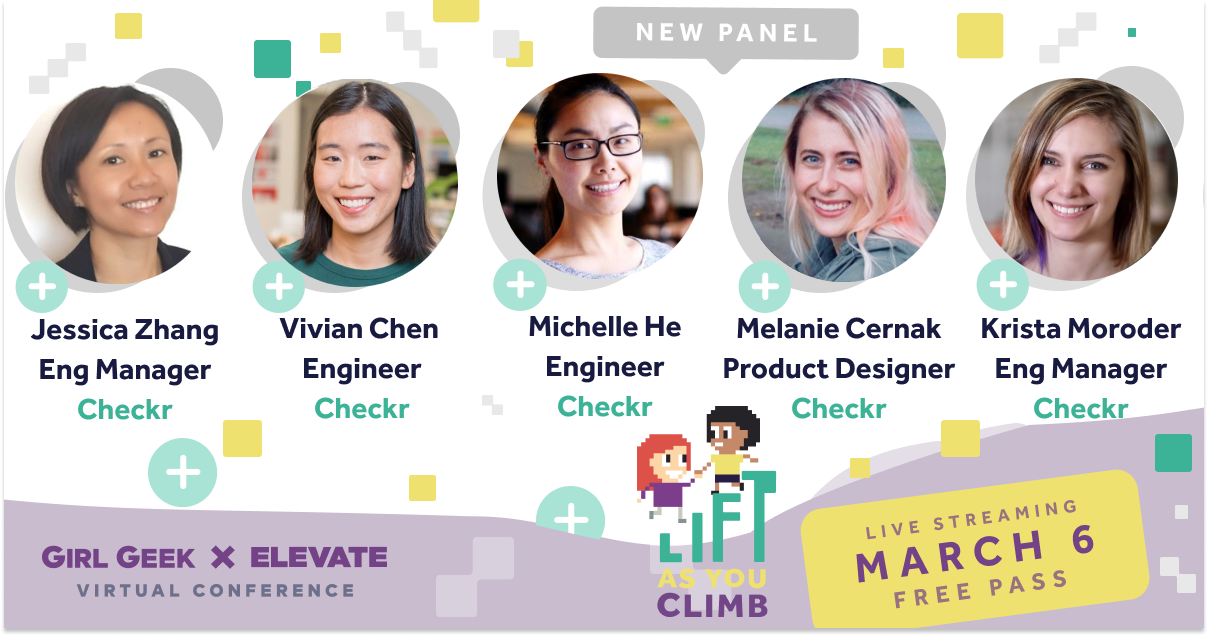
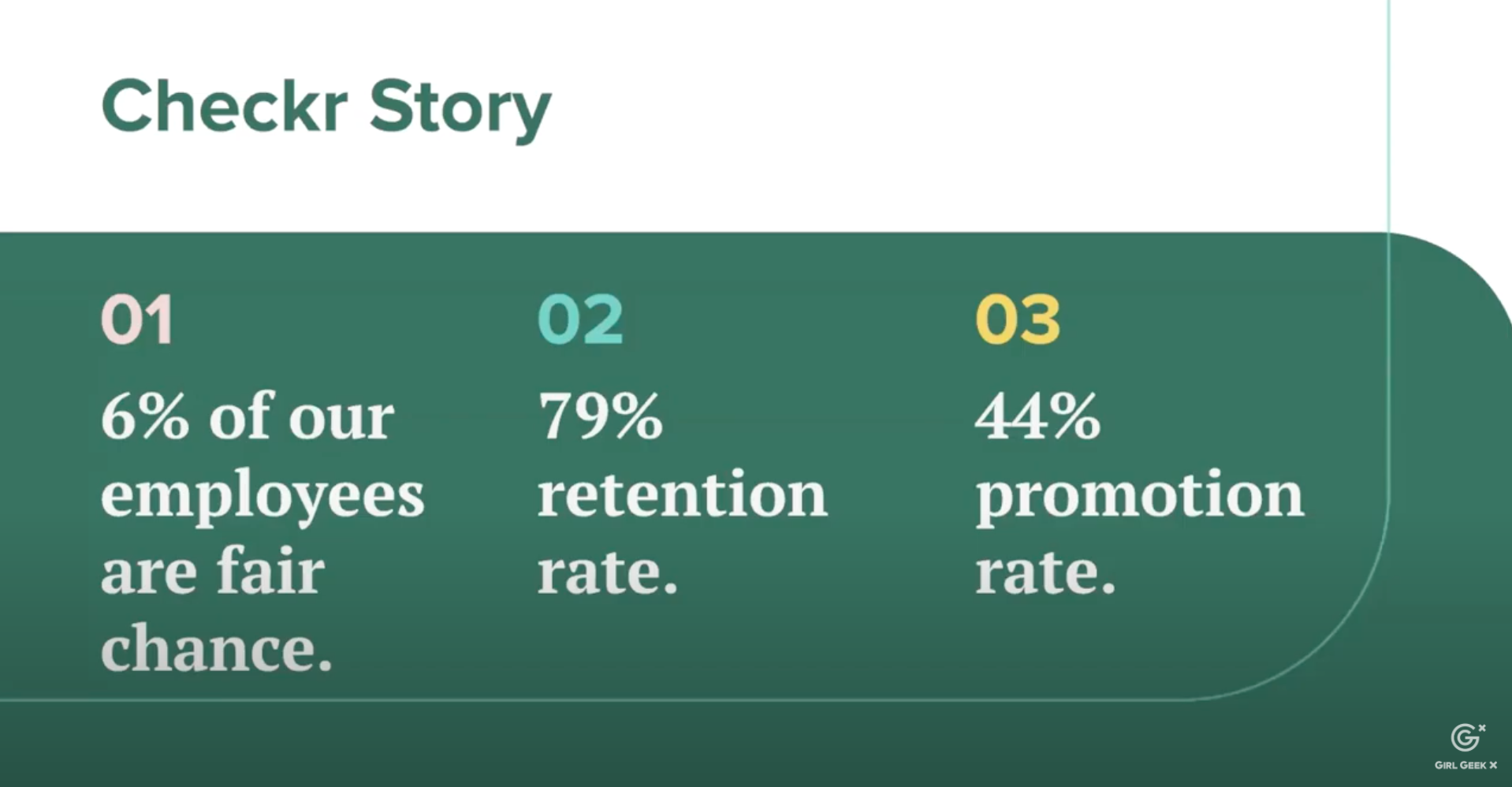
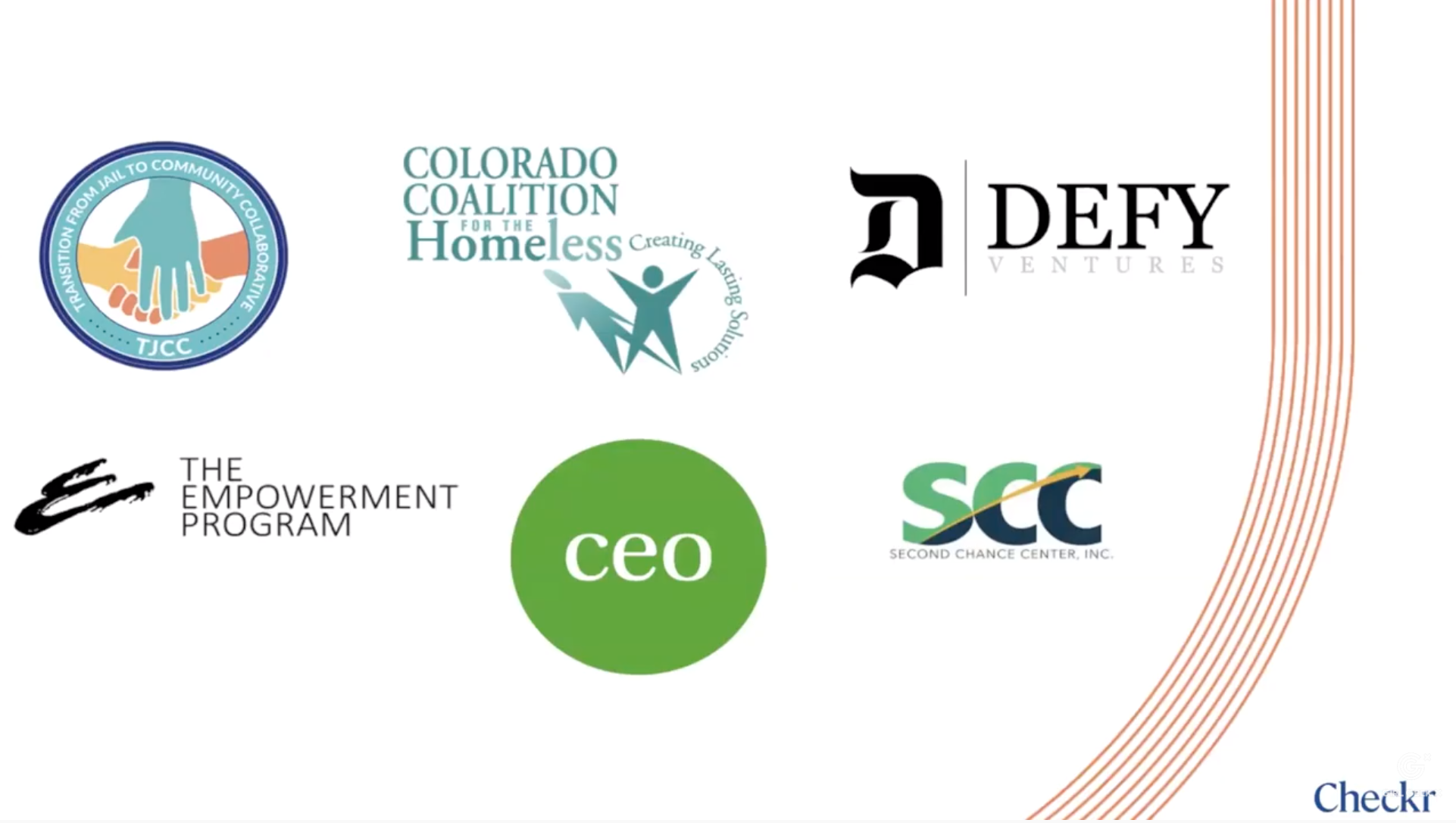
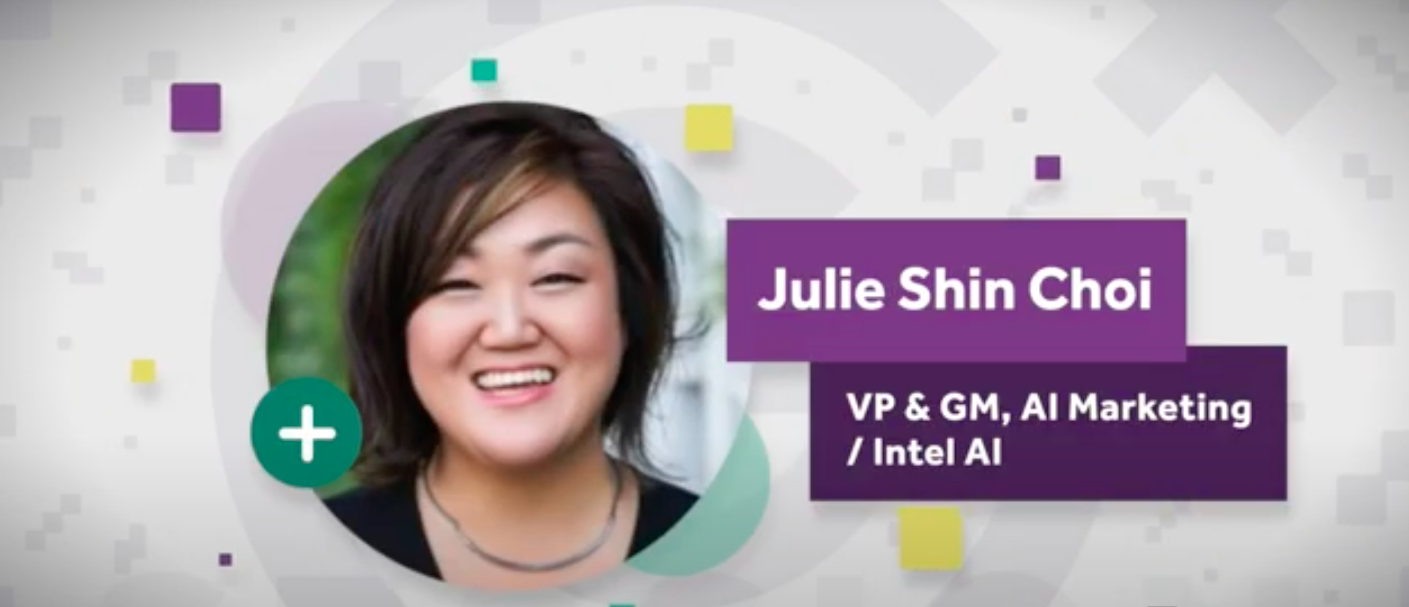
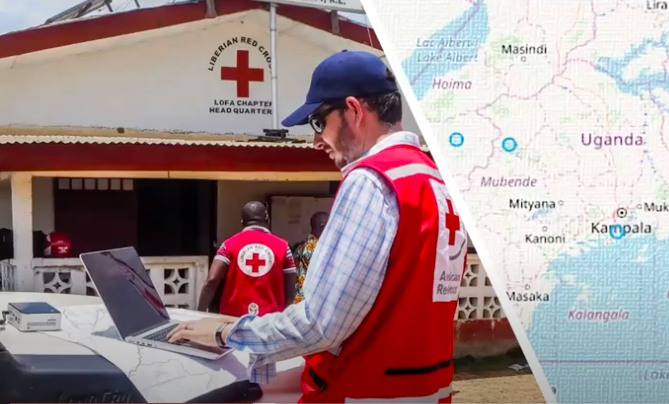
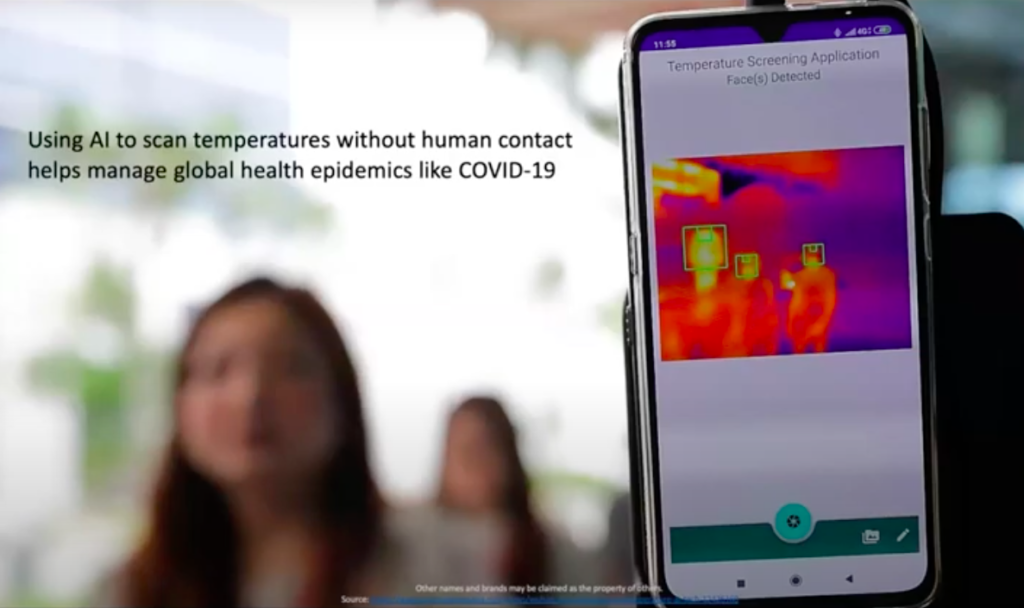
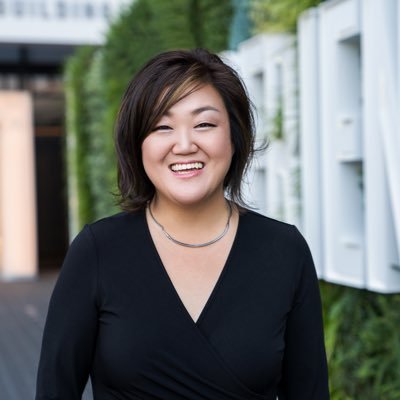
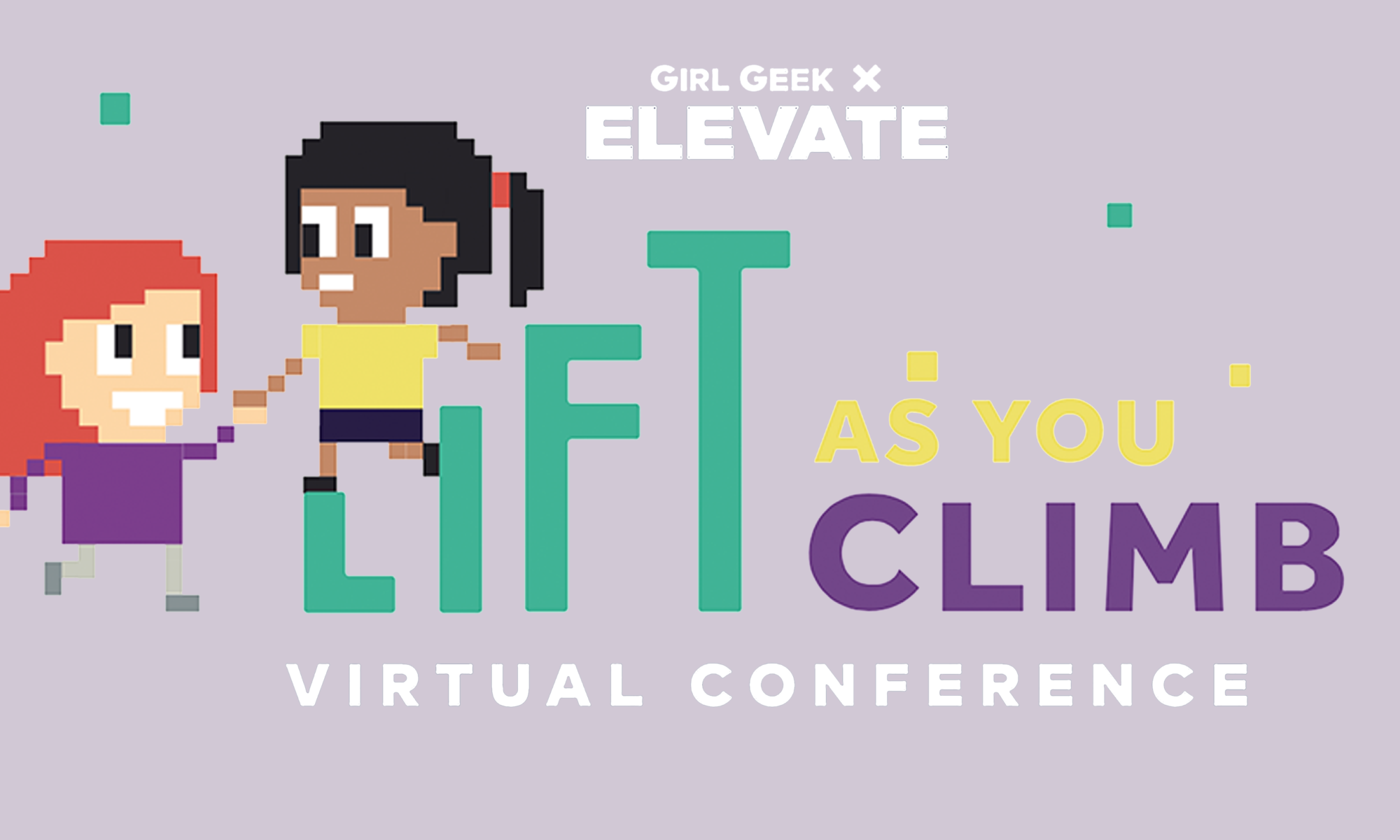
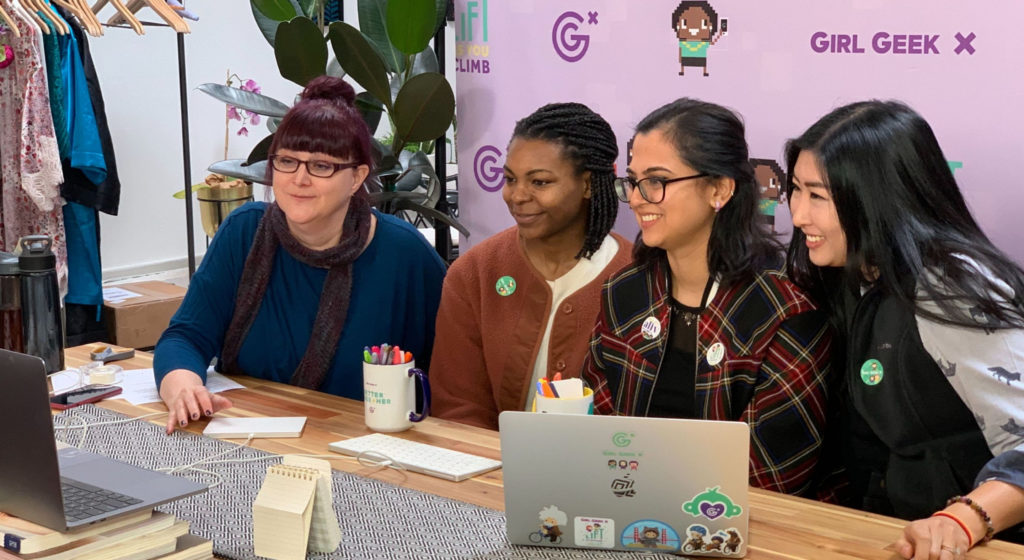
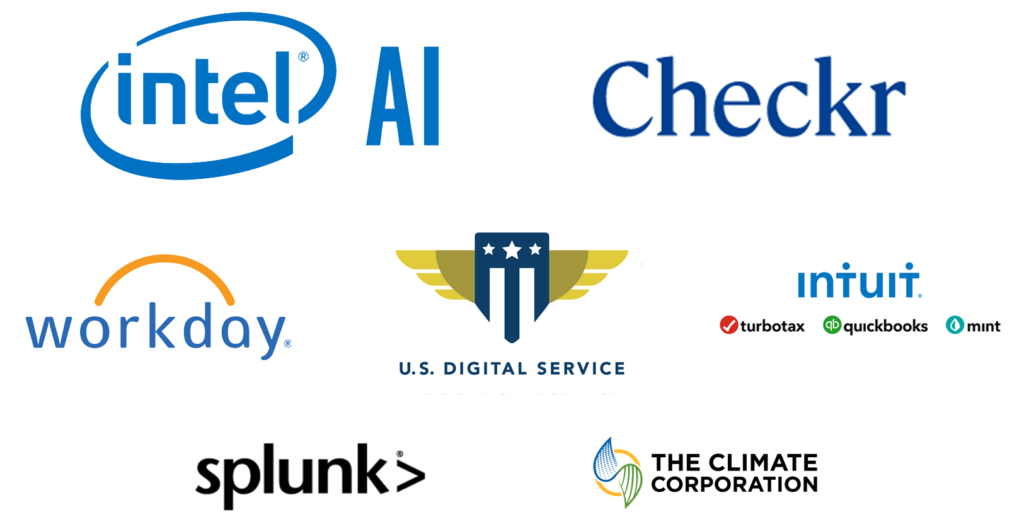

 This virtual conference is FREE for attendees –
This virtual conference is FREE for attendees – 